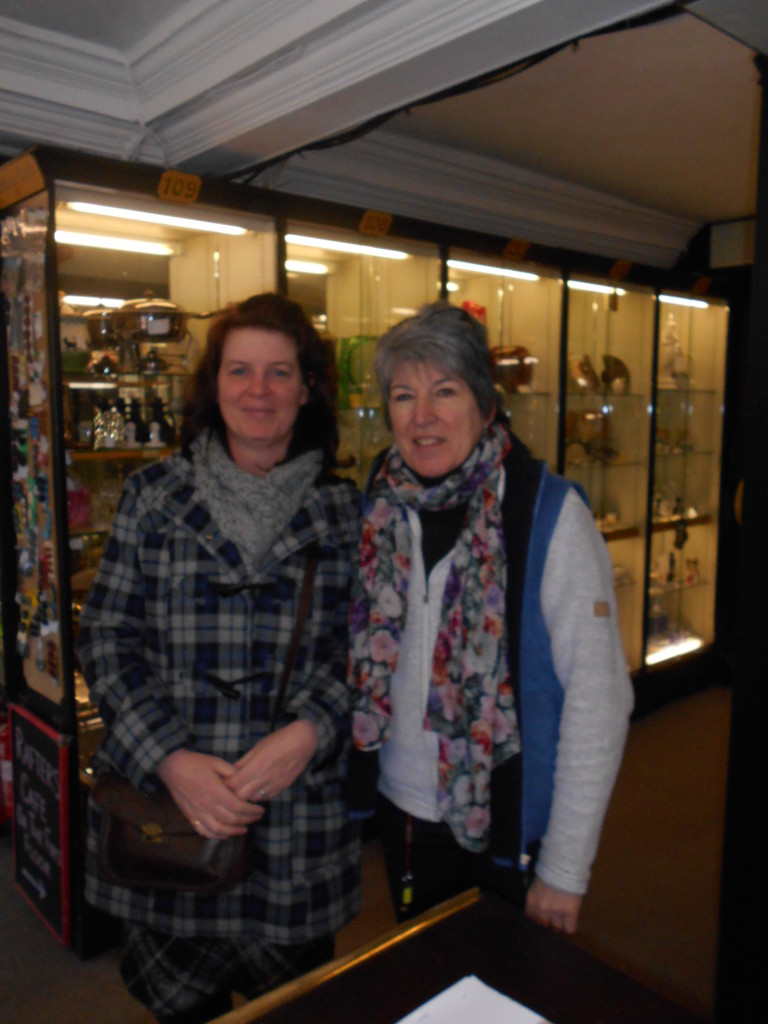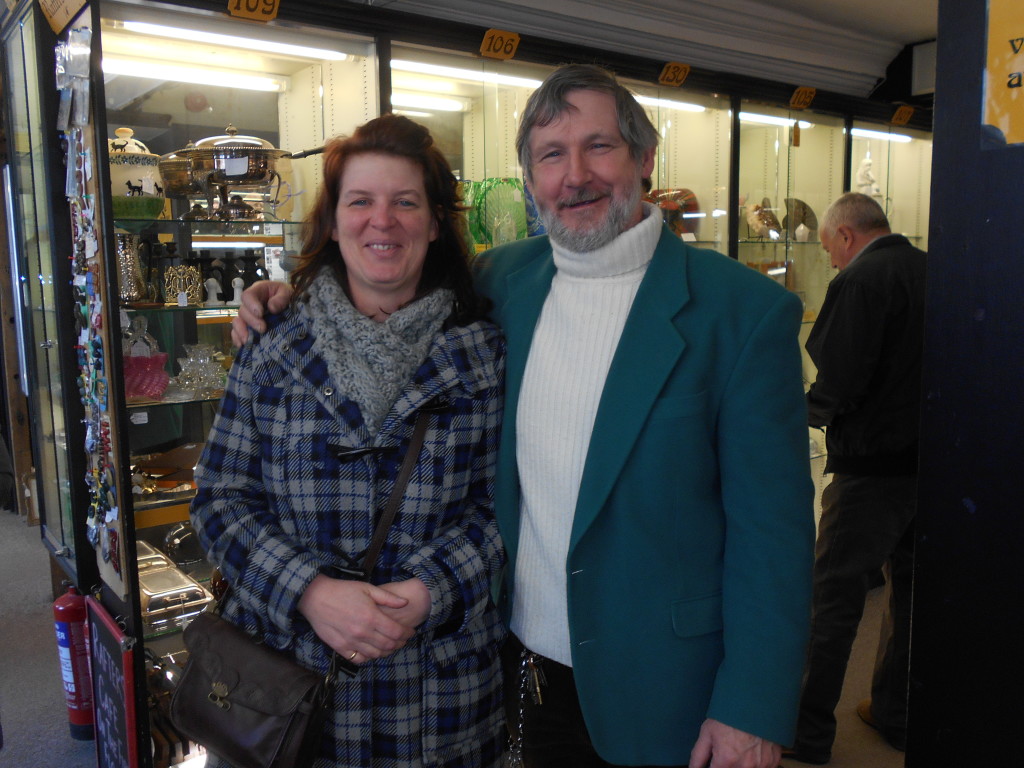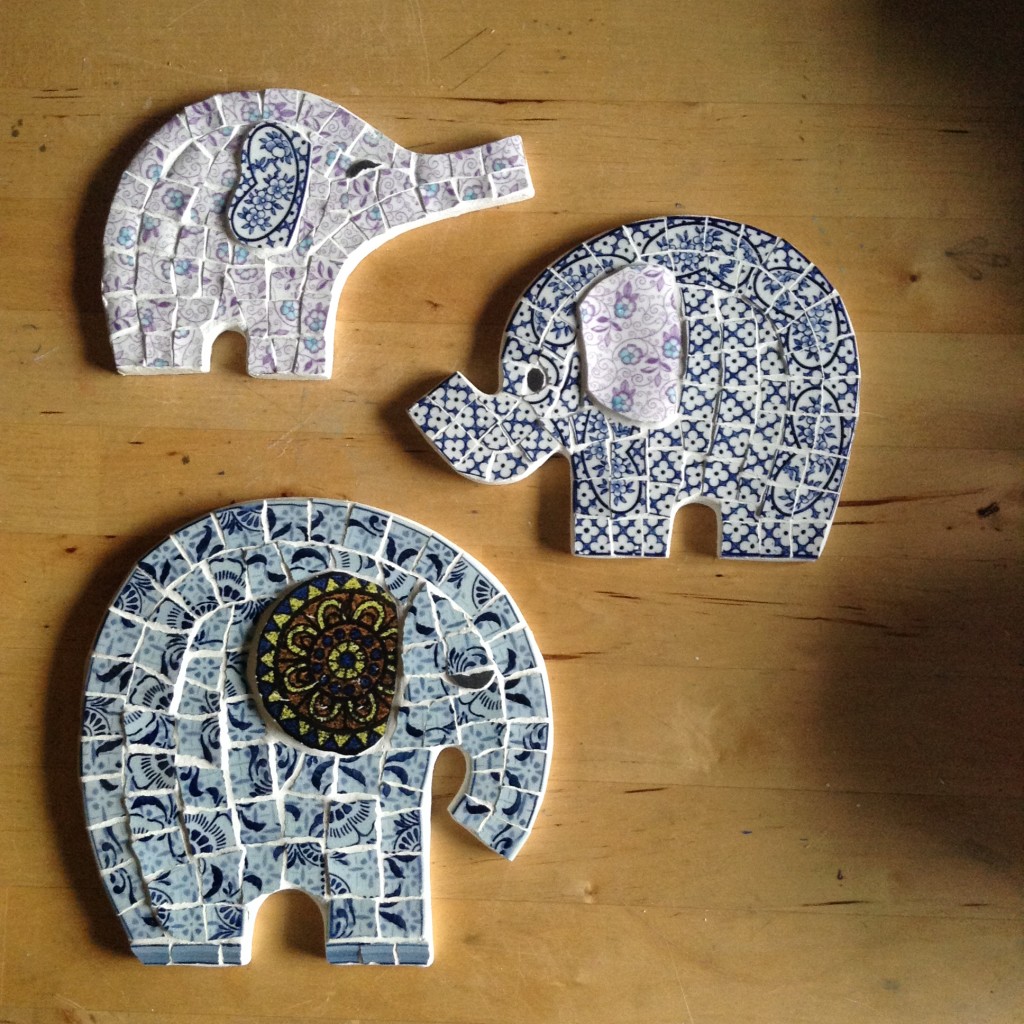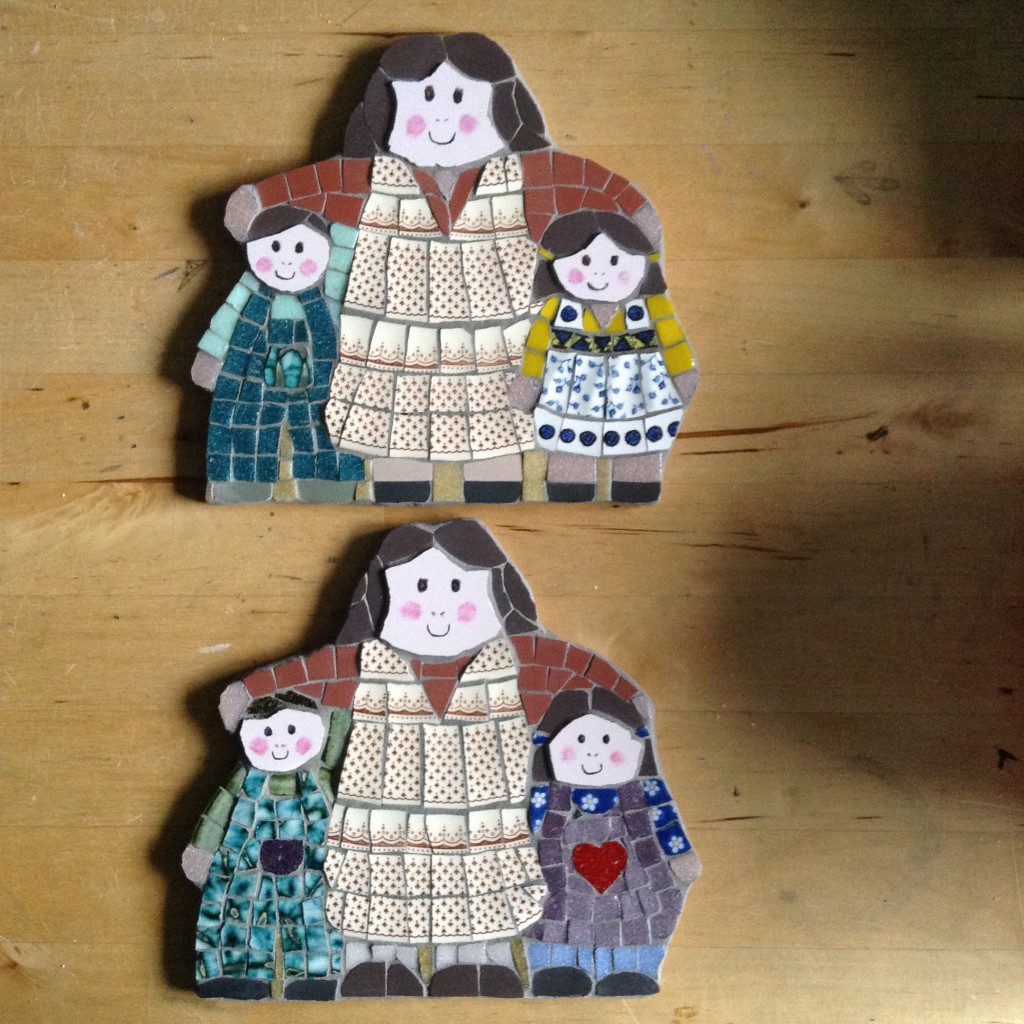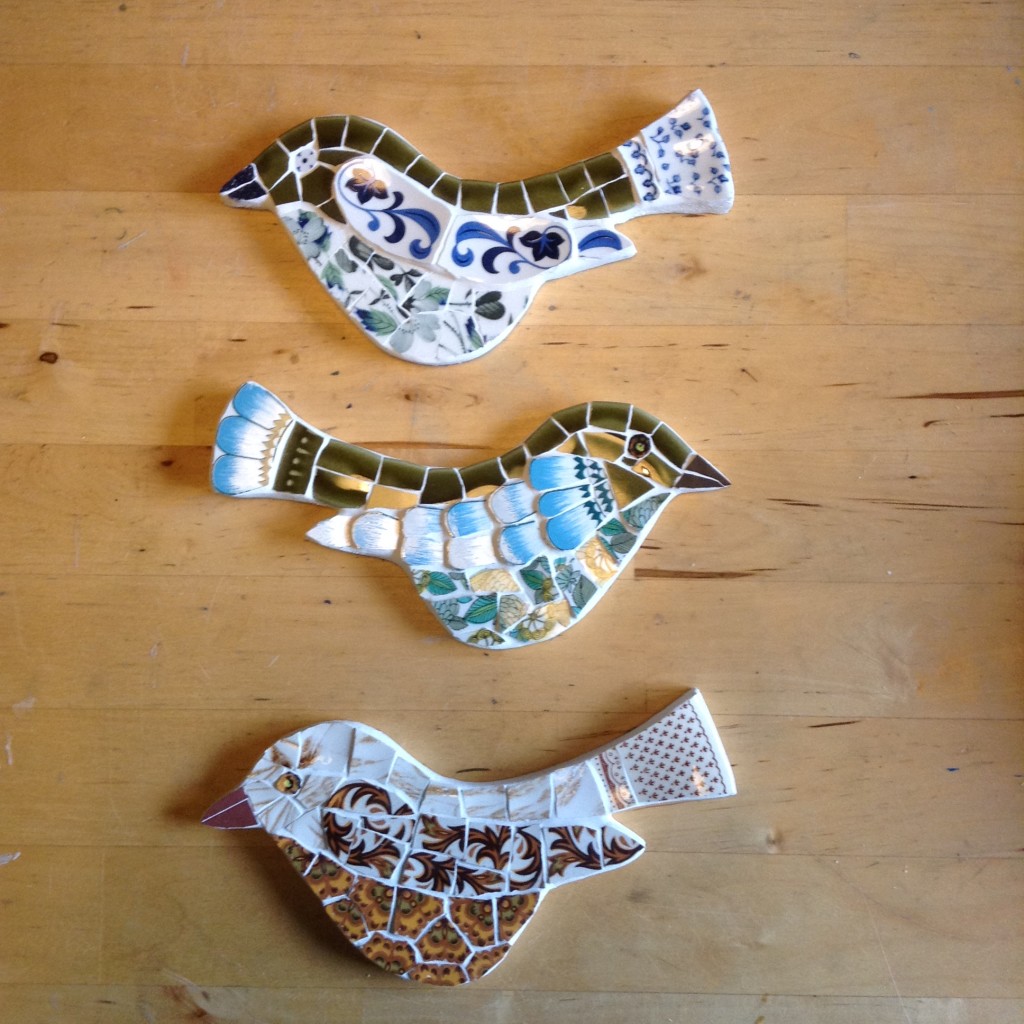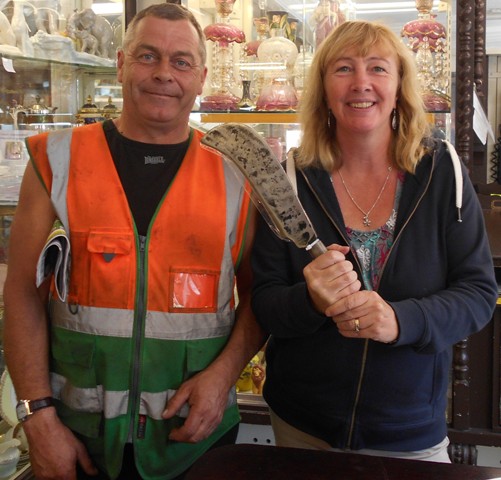
Richard Fordham with stallholder Philippa Harper
There is no limit to the extraordinary people who come to Hungerford Arcade. Richard Fordham is a prime example. He told us that the company he owns is a well established company and have been in business for over 25 years. The company is based on the border’s of Suffolk & Essex in the villa ge of Mount Bures. He said, “We have an excellent record & high standard of services and approach from our respectful & dedicated team.
ge of Mount Bures. He said, “We have an excellent record & high standard of services and approach from our respectful & dedicated team.
We offer a wide range of professional service’s which are carried out all over the UK, from tree surgery to the harvesting and felling of cricket bat willow’s for one of the largest companies throughout the world, J.S Wright & Sons Ltd (Cricket Bat Manufacturer’s) Great Leighs, Chelmsford, Essex”.
Read the early history of the Wright & Sons’ Company below. It is fascinating.
History Pre 1963
Early History of the Company

Photo © 1955. Jessie Wright is on the left
Born in 1874, Jessie Samuel Wright lived at Warren Park in Little Leighs where he ran a building company.
On occasions he would meet a gentleman named Mr. Odd. Mr. Odd asked Jessie if he knew of any willow trees in his area, by his own admission Jessie’s knowledge of willow trees was limited. However Mr.Odd asked him to look out for any and let him know when he found some, he would then inspect them to see if they were the right variety. Once Jessie knew what to look for he decided it would be more lucrative than the building industry, so he bought The Willows in Little Leighs and named the company J. S. Wright in 1894.
This man was almost certainly Montague Odd, who made cricket bats, and in particular, he made bats for W G Grace at a guinea each.
His father (Amos Odd) had a cricket bat manufacturing business and sports shop in Croydon which Montague inherited. It was Amos who perfected and patented the cricket bat from its original crude form to that which we know today.
Jessie married Annie Mansfield, they had five children; Grace, Bessie, Stanley, Albert and Doris. Annie died very young and Jessie then married Kate Cranfield (c.1910) and they had two more children; Laura and Carleton.

This photo shows Carleton Wright riding on the trailer with George Herbert Driving © 1929
As regards the Willow business, Jessie would do all the carting of trees and delivering of clefts to Rayne railway station, among other places, using a horse and cart. In those days the clefts were split from the rolls and left to stand for eighteen months before being sold air dried, no circular saws were used to shape the cleft.
Stanley, Albert and Carleton were involved from a very early age. During the first world war Jessie did not go to war but was in the Special Constabulary, therefore the business was able to continue. Occassionally soldiers would march from Colchester Barracks to Warley Barracks and would stop in the village for their lunch, the officers would come into The Willows and have lunch with Jessie.
Around 1922 Princess Marie Louise visited the company and took time to look at the process and inspect the clefts. She arrived by horse and coach, much to the delight of the local children.
It was now the second world war, only Carleton was called up for service, he was first stationed at Littlehampton and eventually travelled to many countries.

L to R: Stan, Jessie, Albert and Carleton
Stanley and Albert were in the Special Constabulary, so, as in the first world war, the company was able to tick over. The site was nearly destroyed, when a German bomb landed in the field at the back of the yard.
Jessie died in 1963 aged 88.
The family are still very much involved in the business. The business is run by the Chairman Nicholas Wright (Jessie’s Grandson) who has recently been awarded an MBE for Services to Industry, Jeremy Ruggles (Jessie’s Great Grandson) and Oliver Wright ( Nick’s son and Jessie’s Great Grand Son). The Company now produces more cricket bat blades than ever.
You can read more of this company’s amazing history by clicking on this link to their website at http://www.cricketbatwillow.com/
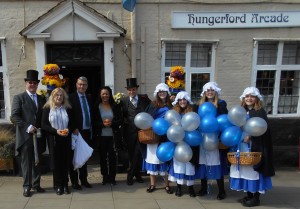 Hungerford Arcade celebrated Tutti Day with the rest of Hungerford. The 600 year old custom of the “Tutti-men” is still celebrated in Hungerford every Hocktide and is believed to be the only in existence in England. The ceremony commemorates The granting of common land & fishing rights to the people of Hungerford by John of Gaunt.
Hungerford Arcade celebrated Tutti Day with the rest of Hungerford. The 600 year old custom of the “Tutti-men” is still celebrated in Hungerford every Hocktide and is believed to be the only in existence in England. The ceremony commemorates The granting of common land & fishing rights to the people of Hungerford by John of Gaunt.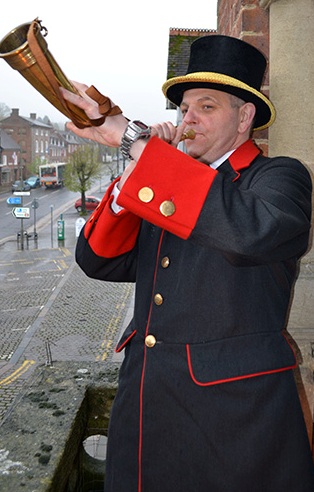 The Bellman (town crier) in traditional Costume, blows a series of blasts from the historic Horn. The High Constable, Bailiff and “Tutti-men” are then elected, after which the “Tutti-men” proceed around the Town dispensing oranges and kisses for the women.
The Bellman (town crier) in traditional Costume, blows a series of blasts from the historic Horn. The High Constable, Bailiff and “Tutti-men” are then elected, after which the “Tutti-men” proceed around the Town dispensing oranges and kisses for the women.
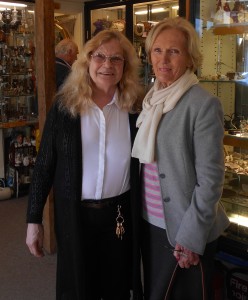



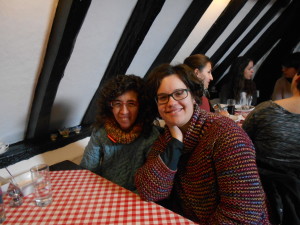
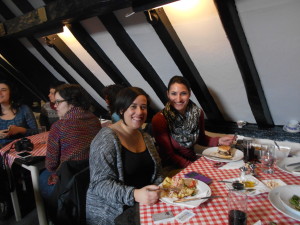 he Choir is the Cor Divisi from Valls, Tarragena, Spain. They told me that they had come over to England for the weekend on an exchange with the Harmony Choir in Newbury. Having spent a marvellous weekend together sharing songs, typical dances and cultures, they were told that they must go to Hungerford Arcade before they fly back home. They were not disappointed and neither were we.
he Choir is the Cor Divisi from Valls, Tarragena, Spain. They told me that they had come over to England for the weekend on an exchange with the Harmony Choir in Newbury. Having spent a marvellous weekend together sharing songs, typical dances and cultures, they were told that they must go to Hungerford Arcade before they fly back home. They were not disappointed and neither were we. 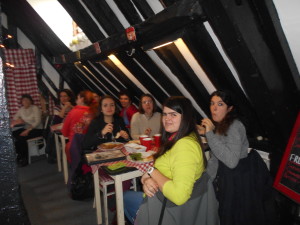 I did take a video so that you could hear for yourselves how wonderful the Cor Divisi Choir is but unfortunately, downloading it onto this blog has proved rather difficult. When I get it sorted out, I will post it.
I did take a video so that you could hear for yourselves how wonderful the Cor Divisi Choir is but unfortunately, downloading it onto this blog has proved rather difficult. When I get it sorted out, I will post it.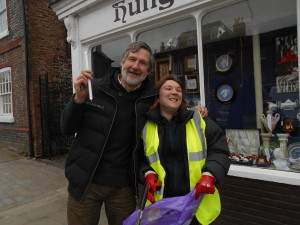
 Here you can see the Hungerford Girl Guides with one of their leaders in action, clearing out rubbish that had been thrown into one of Hungerford Arcade’s flower containers. They were very keen not to leave any rubbish behind.
Here you can see the Hungerford Girl Guides with one of their leaders in action, clearing out rubbish that had been thrown into one of Hungerford Arcade’s flower containers. They were very keen not to leave any rubbish behind.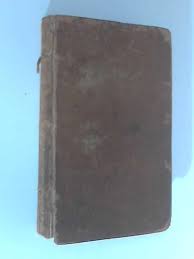 A few days ago I popped into a bookshop in Henley on Thames during my lunch hour just really to shelter from the showers of the day.
A few days ago I popped into a bookshop in Henley on Thames during my lunch hour just really to shelter from the showers of the day. 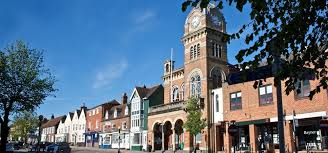 Hungerford 64 miles from London stands on the River Kennet, famous for the best trout and cray-fish; but neither its buildings or market are considerable.
Hungerford 64 miles from London stands on the River Kennet, famous for the best trout and cray-fish; but neither its buildings or market are considerable. 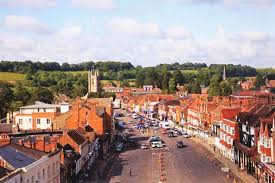 Newbury or Newborough 56 miles from London, remarkable for being the birthplace of that great clothier, Jack of Newbury.
Newbury or Newborough 56 miles from London, remarkable for being the birthplace of that great clothier, Jack of Newbury. 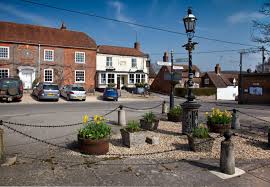 Lambourn or Langhorn, 10 miles from Newbury takes its name from the little river that runs by it, and falls into the River Kennet at Thackham.
Lambourn or Langhorn, 10 miles from Newbury takes its name from the little river that runs by it, and falls into the River Kennet at Thackham. 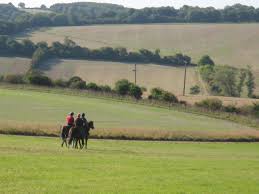 Although I do not know Lambourn well, I am fully aware of its sporting connections which probably have not changed that much since 1791.
Although I do not know Lambourn well, I am fully aware of its sporting connections which probably have not changed that much since 1791. 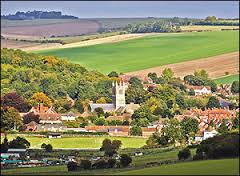 The true Berkshire countryside I believe, starts as you leave Newbury.
The true Berkshire countryside I believe, starts as you leave Newbury. 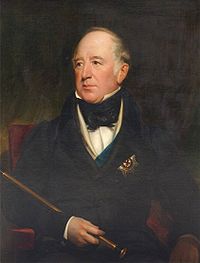
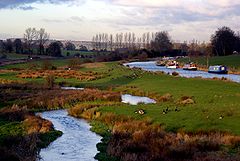
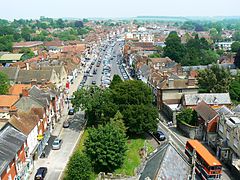 Marlborough 76 miles from London, so called from the chalky soil in which it is situated is prettily built, but consists chiefly of one large straight street, with piazza’s along one side of it.
Marlborough 76 miles from London, so called from the chalky soil in which it is situated is prettily built, but consists chiefly of one large straight street, with piazza’s along one side of it. 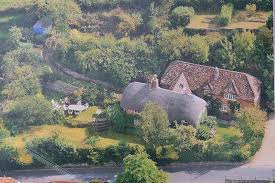

 ge of Mount Bures. He said, “We have an excellent record & high standard of services and approach fro
ge of Mount Bures. He said, “We have an excellent record & high standard of services and approach fro


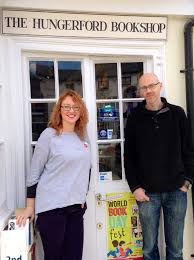


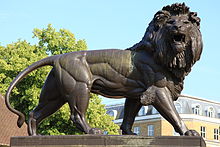 There is the wonderful Town Hall and many handsome Victorian and Edwardian buildings but there is also the faceless urban sprawl and the endless traffic.
There is the wonderful Town Hall and many handsome Victorian and Edwardian buildings but there is also the faceless urban sprawl and the endless traffic. 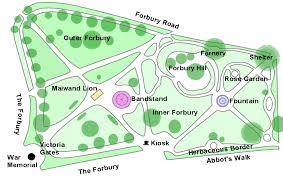 surrounded in part by a decorative stone wall and be entered through an ornate gate again to your left (this is not the only entrance but the nearest to the station).
surrounded in part by a decorative stone wall and be entered through an ornate gate again to your left (this is not the only entrance but the nearest to the station). 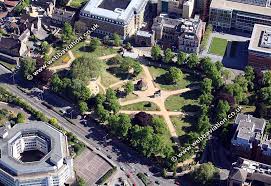 But what of Forbury Gardens and its history how much do we actually know about the park?
But what of Forbury Gardens and its history how much do we actually know about the park? 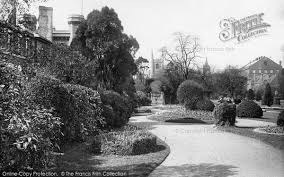 During the next two hundred years the area was used for a variety of purposes including military use as well as the location for many markets and fairs.
During the next two hundred years the area was used for a variety of purposes including military use as well as the location for many markets and fairs. 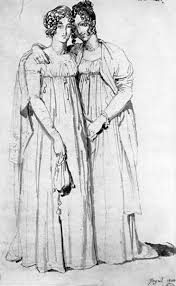 Jane Austin is one of our most famous authors and has been strongly linked with Hampshire and the City of Bath (which she disliked).
Jane Austin is one of our most famous authors and has been strongly linked with Hampshire and the City of Bath (which she disliked).  Possibly with Kew in mind, the gardens were planned with a botanical character. A fountain was planned, a summerhouse and a tunnel was built to link the gardens to the Abbey ruins in 1859.
Possibly with Kew in mind, the gardens were planned with a botanical character. A fountain was planned, a summerhouse and a tunnel was built to link the gardens to the Abbey ruins in 1859. 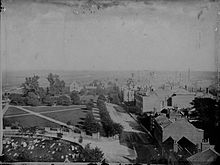 The situation was remedied in 1860 when the western area was purchased by the town for £6010. F
The situation was remedied in 1860 when the western area was purchased by the town for £6010. F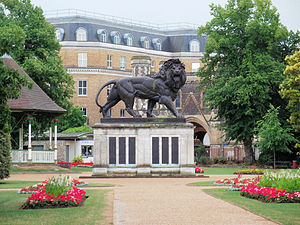 The Maiwand Lion is actually a war memorial to commemorate the Battle of Maiwand in 1880 which was one of the principle battles of the Second Anglo–Afghan War (1878-1880) in which the Afghans defeated two brigades of British and Indian troops.
The Maiwand Lion is actually a war memorial to commemorate the Battle of Maiwand in 1880 which was one of the principle battles of the Second Anglo–Afghan War (1878-1880) in which the Afghans defeated two brigades of British and Indian troops. 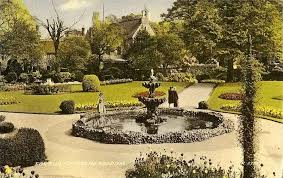 If you are in Reading do try to visit this amazing park and meet the lion and the young author of Emma and other books.
If you are in Reading do try to visit this amazing park and meet the lion and the young author of Emma and other books. 